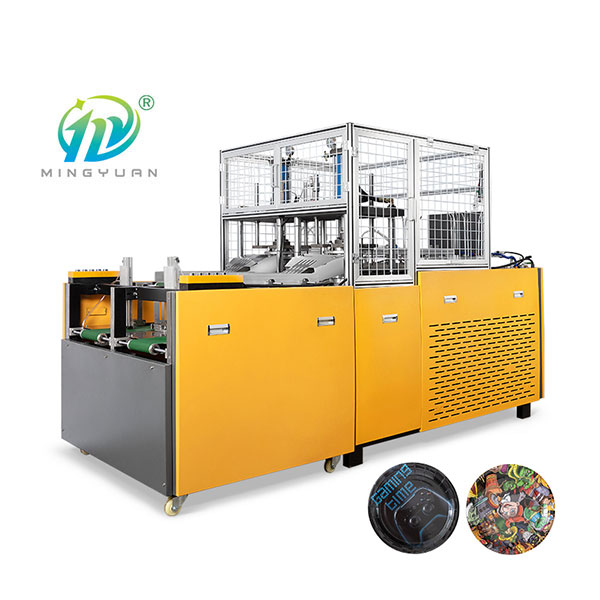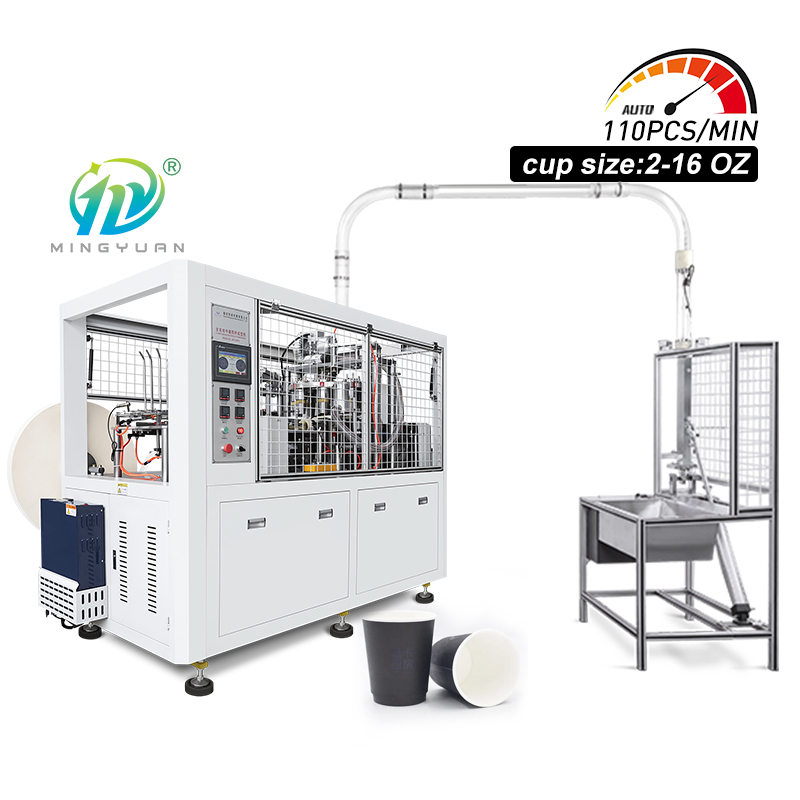In the world of cooking, baking, and beverage preparation, the question “how many ounces in a cup?” frequently pops up. The answer depends on the type of measurement system used. In the US customary system, a standard cup is equal to 8 fluid ounces. However, in the UK imperial system, a cup is approximately 10 imperial fluid ounces. This discrepancy can lead to confusion, especially when following international recipes or working with imported ingredients.
Understanding the Measurement Systems
US Customary System
The US customary system is widely used in the United States for both cooking and general measurements. In this system, 1 cup is defined as 8 fluid ounces. This measurement is deeply ingrained in American cooking culture, and most American recipes are written using these units. For example, when a recipe calls for 2 cups of milk, it means 16 fluid ounces. This standardization makes it easier for home cooks and professional chefs alike to replicate recipes accurately.
UK Imperial System
In the United Kingdom and some other Commonwealth countries, the imperial system is still in use for certain applications. Here, a cup is equivalent to 10 imperial fluid ounces. The difference between the US and UK systems can cause issues when adapting recipes. A baker following a British recipe with US measuring cups might end up with a dish that’s too dry or too wet due to the incorrect amount of liquid. To avoid such problems, it’s crucial to know which system a recipe is based on and convert the measurements accordingly.
The Role of Paper Cups in Measurement
Paper cups are commonly used for serving beverages and, in some cases, for measuring small quantities of liquid. They come in various sizes, often labeled in ounces or milliliters. For example, a typical disposable coffee cup might be 8 ounces, 12 ounces, or 16 ounces. These pre-measured cups make it convenient for consumers to get the right amount of liquid without the need for a traditional measuring cup.
Paper Cup Machines: The Technology Behind Production
Paper cup machines are the unsung heroes in the production of these versatile cups. These machines automate the process of converting flat paper into functional, leak-proof cups. Here’s a closer look at how they work:
1. Feeding and Shaping
The process begins with a large roll of paper, typically made from food-grade paperboard. The paper is fed into the machine, where it’s cut into individual pieces of the appropriate size. These pieces are then shaped into a cup form using a combination of heat and pressure. The machine molds the paper around a cylindrical mandrel, creating the cup’s sidewall and bottom.
2. Sealing and Coating
To ensure the cup is leak-proof, the seams are sealed. This is often done by applying a thin layer of heat-sensitive adhesive or by using ultrasonic welding technology. After sealing, the inside of the cup may be coated with a thin layer of polyethylene or wax. This coating prevents the paper from absorbing liquid and keeps the cup sturdy and functional.
3. Printing and Finishing
Many paper cup making machines also have the capability to print designs, logos, or branding information on the cups. This is done using offset printing or flexographic printing techniques. Once printed, the cups are inspected for quality, trimmed if necessary, and then stacked and packaged for distribution.
In Conclusion
Understanding the relationship between cups and ounces is essential for accurate cooking and beverage preparation. Meanwhile, paper cup production machines play a vital role in producing the cups we use every day, with different types catering to various production needs. Whether you’re a home cook, a professional chef, or simply curious about the manufacturing process behind everyday items, this knowledge adds depth to your understanding of these common aspects of our daily lives.








